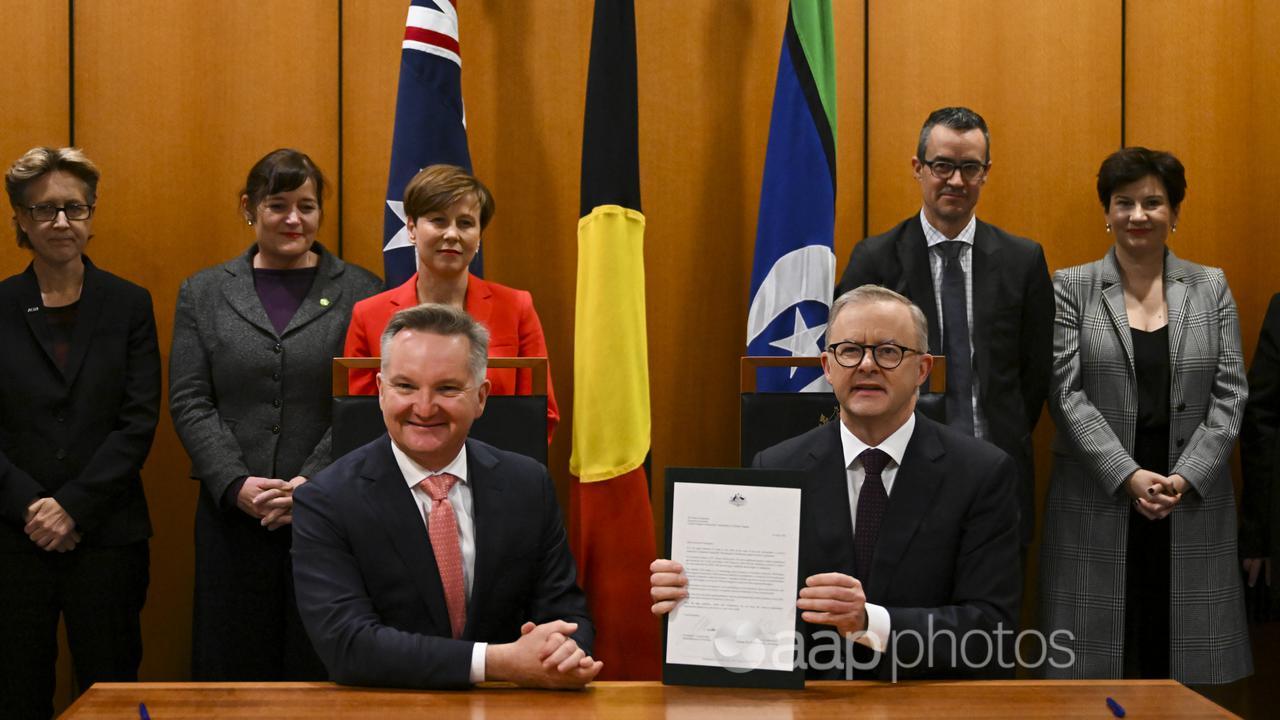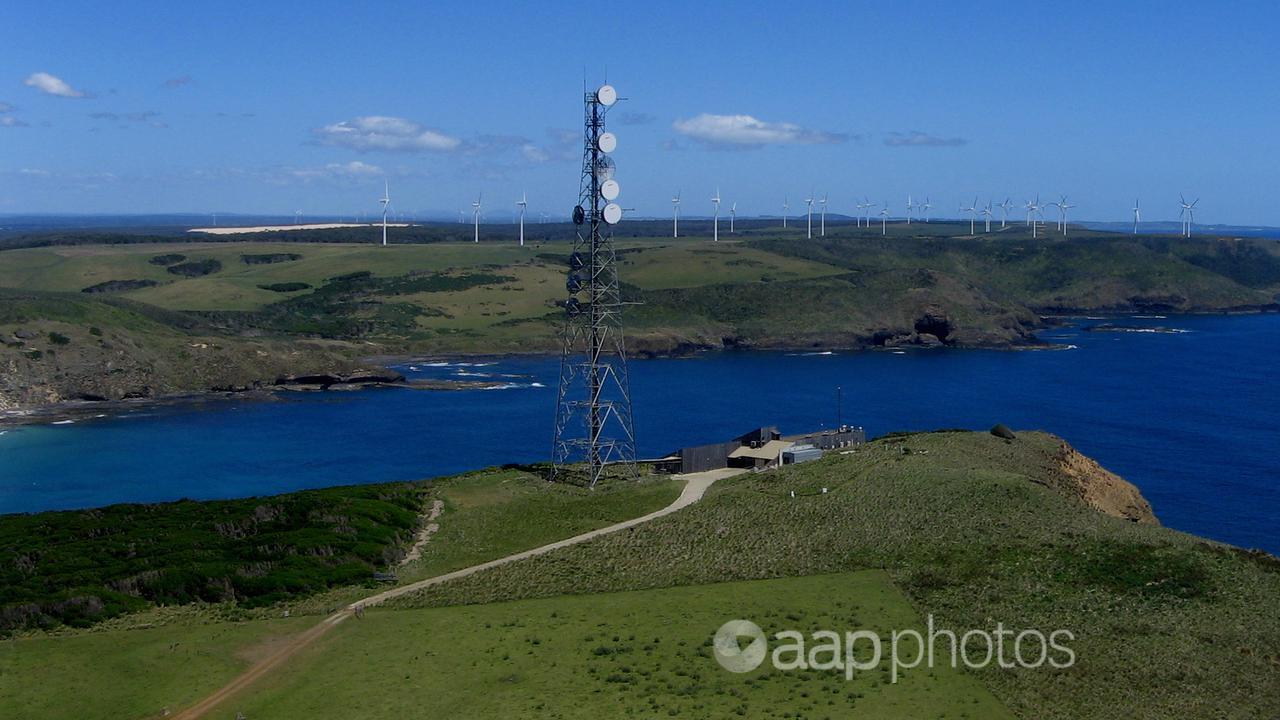The newly-minted LNP member for the central Queensland seat of Flynn has tried to downplay mankind’s contribution to atmospheric carbon dioxide.
However, Colin Boyce’s figures just don’t stack up.
Mr Boyce claimed the Labor government’s 43 per cent emissions reduction target will have a negligible effect on global warming considering total human emissions account for just three per cent of atmospheric carbon dioxide.
But his calculations understate humanity’s CO2 contribution by a factor of 11 as anthropogenic emissions actually account for more than a third of atmospheric carbon dioxide.
Mr Boyce made the claim during a parliamentary debate on the Climate Change Bill 2022 on August 3.
“I would like to begin my contribution by explaining what we are trying to achieve by legislating a 43 per cent reduction in carbon emissions. Carbon dioxide is 0.04 per cent of the atmosphere. To put that in a mathematical equation, according to the IPCC, man is responsible for three per cent of that 0.04 per cent. That equates to 0.0012 per cent of the atmosphere,” he said.

When contacted for a source, Mr Boyce’s office sent AAP FactCheck a YouTube video of geologist Professor Ian Plimer speaking in the UK in 2011. At 13min 56sec he says: “The IPCC says that three per cent of annual emissions are from humans.”
However, this differs from Mr Boyce’s claim that mankind is responsible for three per cent of the 0.04 per cent of atmospheric CO2.
Mr Boyce is broadly correct on the proportion of carbon dioxide in the atmosphere. According to the National Oceanic and Atmospheric Administration (NOAA)‘s Global Monitoring Laboratory, global CO2 levels were 418.43 parts per million (ppm) or 0.0418 per cent in May 2022, up from 416.01 ppm the same time last year.
But several climate experts told AAP FactCheck that Mr Boyce greatly understates the proportion of atmospheric carbon dioxide that is attributable to human activities and his claims are at odds with those of the IPCC.
Dr Robyn Schofield, an atmospheric chemistry expert at the University of Melbourne, told AAP FactCheck that pre-industrial levels of atmospheric CO2 are estimated to have been around 280 ppm (0.0280 per cent).
Today’s 418 ppm is a 49.3 per cent – or 138 ppm – increase. That difference equates to more than a third of the May 2022 total figure.
Dr Schofield explained in a phone interview the entirety of that increase in CO2 was due to human activities, such as land clearing and burning of fossil fuels.
Therefore “33 per cent of current CO2 levels are due to human activity.” she said.
Dr Pep Canadell, a lead author of the IPCC’s latest assessment report, reiterated this point in an email to AAP FactCheck.
Dr Canadell pointed to his comments in the executive summary of chapter 5 of the IPCC Sixth Assessment Report Working Group 1, which reads: “It is unequivocal that the increases in atmospheric carbon dioxide (CO2), methane (CH4) and nitrous oxide (N2O) since the pre-industrial period are caused by human activities.”
According to the report, humanity’s contribution to greenhouse gas levels has been far from negligible, with anthropogenic emissions increasing pre-industrial atmospheric levels of CO2, CH4 and N2O by 47 per cent, 156 per cent and 23 per cent respectively.
In 2021, AAP FactCheck found that atmospheric CO2 levels ranged between 180-280 ppm for about two million years prior to around the last hundred years. Using data from ancient ice cores, scientists have been able to reliably reconstruct historical CO2 records. Continuous instrumental measurements of atmospheric CO2 go back to the Mauna Loa observatory in Hawaii, which first started measuring levels in 1958.
Professor Clare Murphy, director of the Centre for Atmospheric Chemistry at the University of Wollongong, said greenhouse gas data from Australia’s Cape Grim research station shows a 25 per cent increase in CO2 concentration recorded there since it first started taking measurements in 1976.

Prof Murphy said the location of Cape Grim, on Tasmania’s north-west tip, was specifically chosen to avoid pollution from the Australian mainland.
“(The Kennaook/Cape Grim) data just is the cleanest air (otherwise called baseline air coming off the Southern Ocean and is considered the least polluted air on the planet),” she explained via email.
“Even if you ignore the impact of the industrial revolution before this record began in the late 1970s then the increase from now to first measurements is 20 per cent of existing levels (or 25 per cent increase from 1978 or so).”
The Verdict
Mr Boyce’s claim that humans are responsible for only three per cent of atmospheric carbon dioxide is false. Human activity has caused CO2 levels to increase by almost 50 per cent since pre-industrial levels, accounting for more than a third of all atmospheric CO2.
False – The claim is inaccurate.
* AAP FactCheck is an accredited member of the International Fact-Checking Network. To keep up with our latest fact checks, follow us on Facebook, Twitter and Instagram.
All information, text and images included on the AAP Websites is for personal use only and may not be re-written, copied, re-sold or re-distributed, framed, linked, shared onto social media or otherwise used whether for compensation of any kind or not, unless you have the prior written permission of AAP. For more information, please refer to our standard terms and conditions.


















